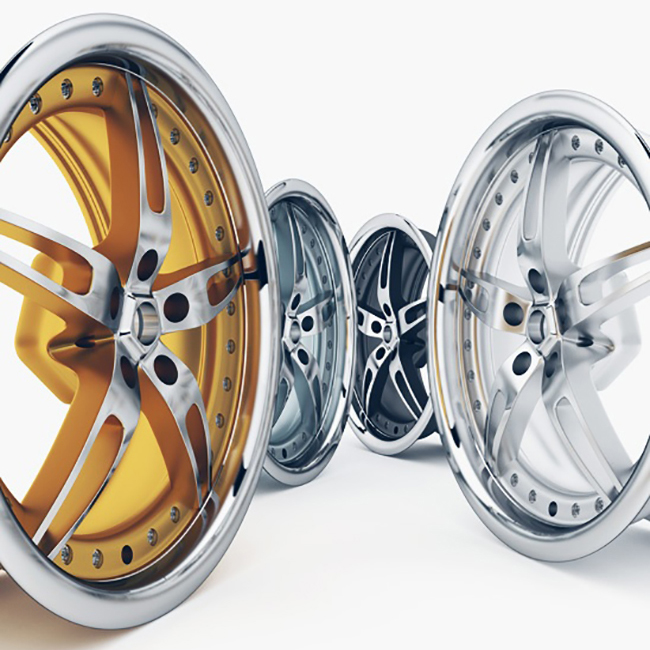rear crank seal
Understanding Rear Crank Seals Importance and Maintenance
The rear crank seal is a crucial component in the engine assembly of many vehicles, playing a pivotal role in maintaining the efficiency and longevity of the engine. Situated at the back of the engine block, where the crankshaft exits to connect with the transmission, this seal ensures that engine oil stays contained within the engine, preventing leaks and maintaining optimal lubrication. Understanding its function and maintenance can significantly affect engine performance and reliability.
Function of the Rear Crank Seal
The primary function of the rear crank seal is to prevent engine oil from leaking out of the crankcase. As the crankshaft rotates, it generates a significant amount of pressure, which can force oil out of the engine if there isn’t a proper seal in place. The rear crank seal creates a tight barrier that holds the oil in check, allowing the engine to operate smoothly. This seal is also vital in keeping contaminants, such as dirt and debris, from entering the engine, which could lead to severe damage over time.
Common Issues Associated with Rear Crank Seals
Like any mechanical component, rear crank seals can wear out over time, leading to common problems such as oil leaks. Signs of a failing rear crank seal include the presence of oil pooling beneath the vehicle, a burning oil smell, or a decrease in engine oil levels without any visible leaks elsewhere. If neglected, a faulty rear crank seal can lead to more severe issues, including engine damage due to inadequate lubrication or contamination.
In addition to wear and tear, factors such as poor installation, exposure to extreme temperatures, and inadequate engine maintenance can contribute to the deterioration of the rear crank seal. It is essential to be vigilant about these signs and address any issues promptly to avoid costly repairs.
Maintenance Tips for the Rear Crank Seal
rear crank seal

Maintaining a healthy rear crank seal involves regular vehicle inspections and adhering to routine maintenance practices. Here are some essential tips
1. Regular Oil Changes Frequent oil changes can help reduce sludge buildup and contaminants that may cause premature wear on the rear crank seal. Always follow the manufacturer's recommendations for oil change intervals.
2. Monitor Oil Levels Regularly check engine oil levels. A consistent drop in oil may indicate a leak, which could be related to the rear crank seal.
3. Professional Inspections Schedule routine inspections with a professional mechanic. They can easily spot potential issues with the rear crank seal and recommend necessary repairs or replacements.
4. Quality Parts and Fluids If the rear crank seal needs replacement, ensure that you use high-quality parts that meet or exceed the manufacturer's specifications. The same applies to engine oil; using subpar oils can lead to seal deterioration over time.
5. Address Other Engine Issues Promptly Sometimes, external factors like a faulty oil pump or pressure relief valve can exert additional pressure on the rear crank seal. Promptly addressing these issues can help prolong the life of the seal.
Conclusion
The rear crank seal may be a small component, but its role in engine function and performance is undeniably significant. Regular maintenance and prompt attention to any signs of wear can help ensure that the rear crank seal continues to perform its job effectively, safeguarding your engine's health and enhancing your vehicle's reliability. Remember, taking proactive measures today can save you from costly repairs in the future.
-
The Ultimate Guide to Boat Propeller Bearings and Trailer Wheel Bearings
News Jul.31,2025
-
The Essential Guide to Marine Bearings and Boat Trailer Wheel Bearings
News Jul.31,2025
-
The Complete Guide to Heavy Duty Seals: Protecting Doors and Spaces Efficiently
News Jul.31,2025
-
Essential Guide to Marine Shaft Bearings and Boat Trailer Axle Bearings
News Jul.31,2025
-
Comprehensive Guide to Marine and Trailer Bearings for Safe Boating and Transport
News Jul.31,2025
-
Comprehensive Guide to Automotive Oil Seals: Protecting Your Engine and Shafts
News Jul.31,2025
-
Understanding Automotive Oil Seals: Essential Components for Engine and Shaft Protection
News Jul.30,2025
Products categories















